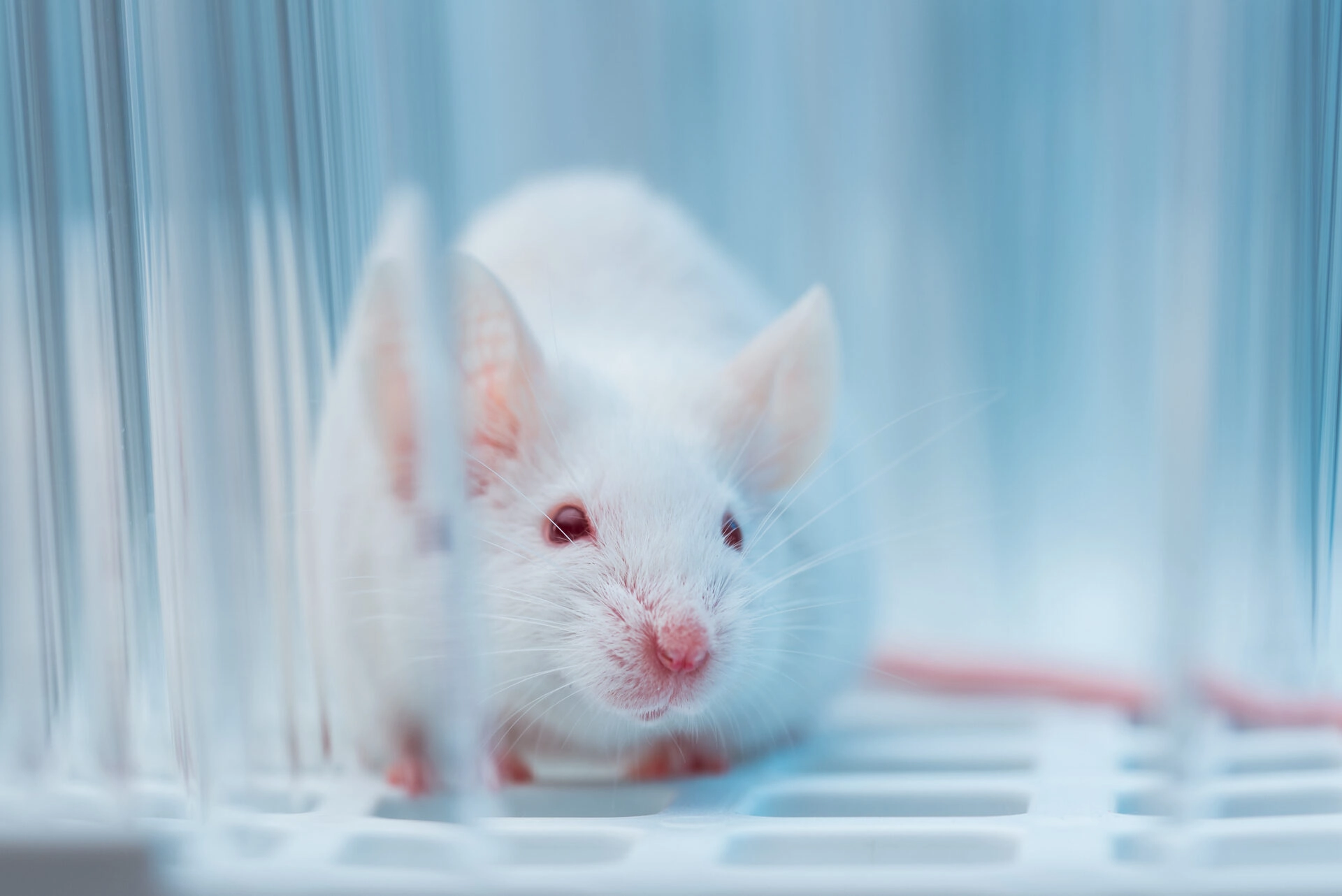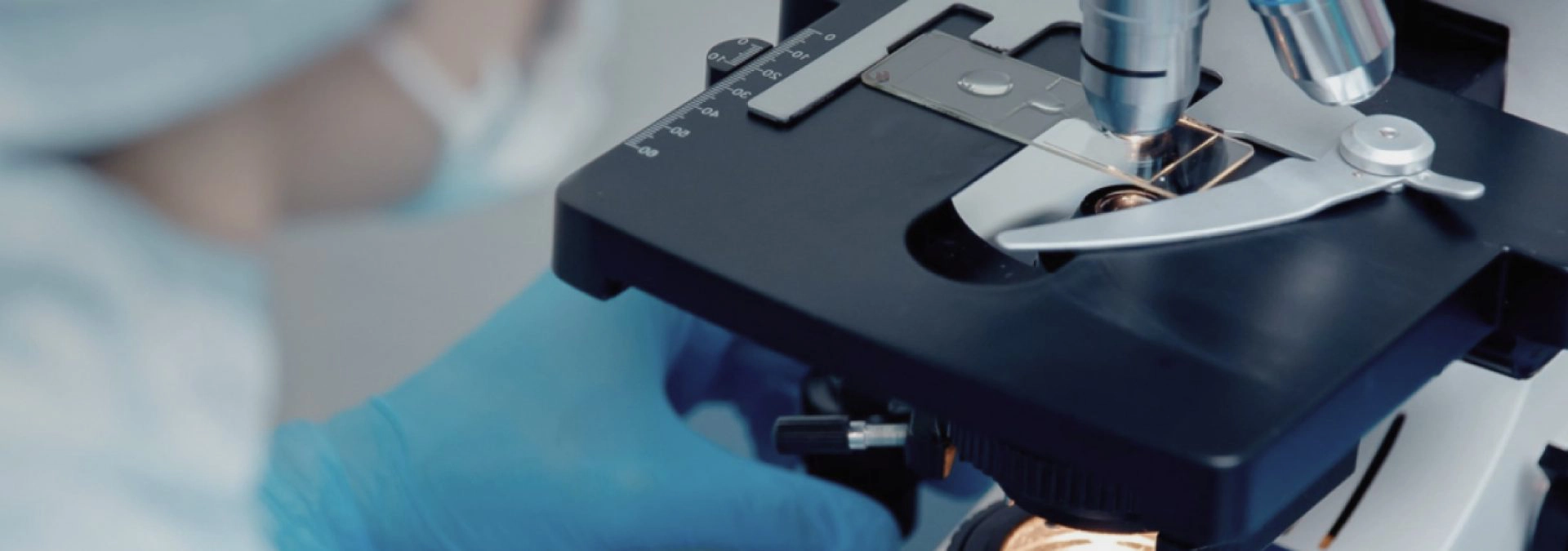
Human Immunodeficiency Virus (HIV) is a chronic infectious disease that targets the human immune system, particularly CD4+ T cells, leading to progressive immune deficiency and, if untreated, the development of AIDS. Despite significant therapeutic advances, there is still no cure, and new treatments and strategies remain essential.
TransCure bioServices offers a highly predictive humanized mouse model for HIV, based on immunodeficient mice reconstituted with human CD34+ hematopoietic stem cells. These mice develop a functional human immune system, including key HIV target cells such as CD4+ T cells, monocytes, and dendritic cells. Upon infection with HIV, the model reproduces critical features of human infection: robust viral replication, CD4+ T cell depletion, and immune activation.
Main characteristics
-
Viral Load Monitoring
Weekly blood collection followed by RNA extraction enables in-house monitoring of HIV viral load using qRT-PCR, with a sensitivity threshold below 2,000 copies/mL. This approach allows for reliable, longitudinal assessment of viral dynamics throughout the study.
-
CD4+ T cell Peripheral Blood Content
The level of human CD4+ T cells in peripheral blood is routinely monitored by flow cytometry, providing a reliable readout of immune status and HIV-induced depletion over time.
-
Profiling of anti-HIV Drug Candidates
The TransCure HIV Human Immune System Mouse Model enables the evaluation of drug candidates targeting disease onset, viral rebound, resistance, and latency. It also provides a robust platform for testing vaccine-based strategies, offering a versatile tool to support a wide range of HIV therapeutic and preventive approaches.
-
HIV Strains
We have validated our HIV models using two HIV-1 strains (Yu2 and NL4-3) with distinct tropisms (R5 and X4) and replication characteristics, including both cytopathic and cytolytic profiles. This ensures the model’s versatility and relevance across various HIV research applications. Based on request, we can also develop new strains
-
Standard of Care
As a positive control, we use HAART, a combination of Raltegravir, Lamivudine, and Tenofovir incorporated into food pellets. This regimen reliably suppresses viral load within 4 weeks, demonstrating the model’s responsiveness to clinically relevant antiretroviral therapy.
-
An Ethical and Translational Alternative to NHP Models
TransCure’s humanized mouse model offers a powerful alternative to non-human primates (NHP), eliminating the ethical and logistical challenges associated with their use. Unlike NHP models that rely on SIV or SHIV, our model uses authentic HIV-1, providing greater clinical relevance and more accurate insights into human disease mechanisms and therapeutic responses.
Applications
The right mouse model for your research experimentation
-
Human Immune System Mouse Model
Evaluate both the efficacy and immunotoxicity of your lead candidate using a fully reconstituted human immune system, generated by engrafting CD34+ hematopoietic stem cells into highly immunodeficient mice.
See the mouse model
Contact us to have more information about this mouse model
Contact usKnow everything about the HIV Human Immune System Mouse Model
-
What mouse model do you use for HIV infection ?
HIV infection is performed in CD34+ Humanized mice (obatined by engrafting CD34+ human HSC in highly immunodeficient female mice (NCG, NOD-Prkdcem26Cd52Il2rgem26Cd22/NjuCrl) -
How long does it take to infect the mice ?
Typical HIV infections with strains YU2 and NL4-3 reach a viral load plateau within 4–5 weeks, reflecting the natural course of viral replication and establishing a consistent window for therapeutic intervention. -
How many mice per arm do you recommend?
We recommend using a minimum of 6 mice per group to ensure adequate statistical power. For longer-duration studies or those requiring interim analyses, additional animals can be included to maintain robustness and data reliability over time. -
What is the usual study duration
Depending on the scientific objectives, HIV studies can range from 5 to 20 weeks. Throughout this period, the humanization rate remains stable, with minimal mortality from GvHD, ensuring reliable long-term data collection and model consistency.
You have more questions ?
If you have further questions or would like to discuss how our HIV model can be tailored to your specific research needs, our scientific team is here to help. We’re committed to providing clear, responsive support and working closely with you to design studies that align with your objectives. Don’t hesitate to reach out - we’re always happy to share our expertise and explore solutions together.
Contact us